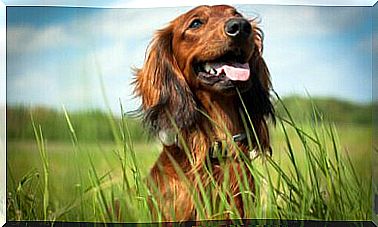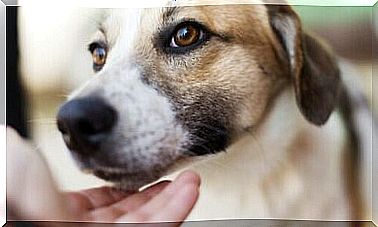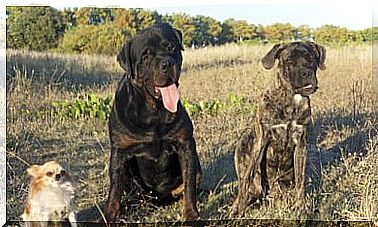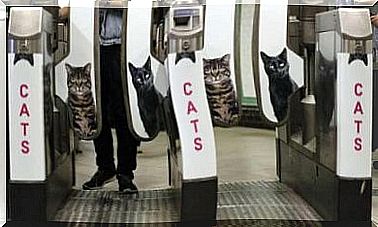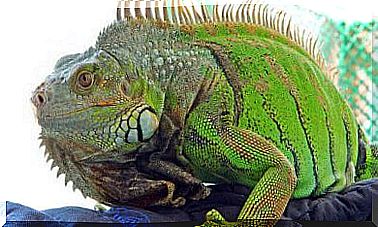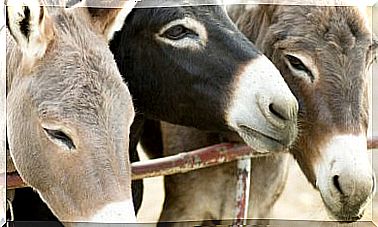Glaucoma In Dogs
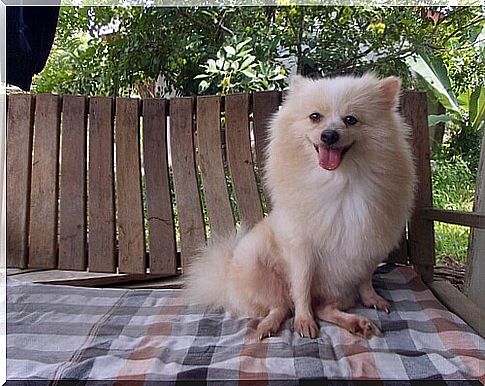
Glaucoma in dogs is a disease that affects the eyes and leads to progressive loss of vision. Very often it is asymptomatic, and to recognize it it becomes necessary to pay attention to the smallest changes in attitude you see in the animal.
The eyes are sophisticated and delicate structures that allow external stimuli to be sent to the brain and to interpret images. This is what we commonly call vision.
The visible part of the eye represents only a part of the optical structure. The front is formed by the sclera (white part), the iris (colored part), pupil (the black point), drainage channels and the ciliary body.
In the back and not visible is the cornea, the lens, the retina, that is the inner covering of the eye. Also the nerves and the optic disc.
The joint action mechanism of all these elements makes the sense of sight possible. An alteration of any of these structures can lead to blindness and affect the nervous system.
Glaucoma in dogs is one of the most common ophthalmological diseases, and knowing how to recognize it in time can save your best friend.
What is glucoma in dogs?
Glaucoma affects dogs in a similar way to how it affects humans. It is an accumulation of fluids that leads to a progressive increase in intraocular pressure.
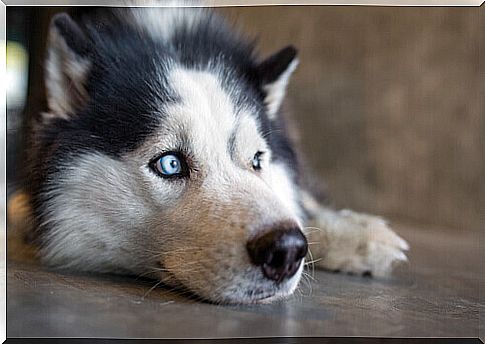
The front of the eye is soaked in a clear liquid called aqueous humor or intraocular fluid. It is produced by the ciliary bodies and its function is to provide protective hydration. The loss of the liquid could cause various wounds or irritation.
A healthy eye has a dynamic circulation system. Fluid is expelled from within the intraocular cavity through the pupil. Almost immediately, it must then be absorbed by the mesh of channels that make up the eye’s drainage system. So it comes to blood.
It can happen that the drainage channels become blocked and obstruct the flow of aqueous humor. Excess of this liquid inside the eye generates a progressive increase in intraocular pressure. When this phenomenon affects the dog’s eyes, it is referred to as dog glaucoma.
The increase in intraocular pressure accelerates the degeneration process of the optic nerve and retina. The most common consequence is partial loss of vision or blindness.
What are the causes of glaucoma?
Glaucoma in dogs can be chronic or acute. It generally has a strong hereditary factor. Therefore, the main cause of this disorder is usually genetic inheritance.
It should also be taken into account that glaucoma can result from other diseases that attack the animal’s body.
What are the symptoms of glaucoma in dogs?
In most cases, owners only notice the disease when the animal has already lost much of its sight. In this phase the eye takes on a hazy appearance and takes on a slightly bluish tone.
Glaucoma blindness results from the gradual loss of vision, and it is normal for the dog to have difficulty in indicating that he is losing his vision.
Early symptoms of glaucoma in dogs
- Pain or increased sensitivity in the eyes and / or head
- Vomiting and / or vomiting anxiety
- Appearance of bluish halos and / or a cloudy appearance in the eyes (especially when exposed to light)
- Difficulty in spatio-temporal localization.
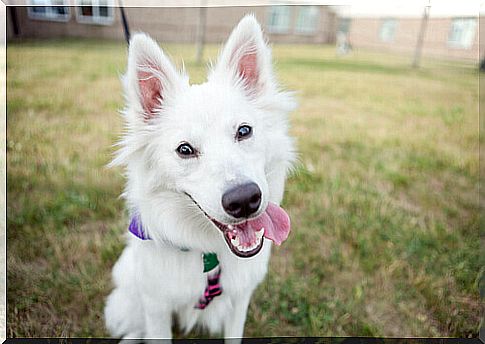
Glaucoma in dogs tends to be a silent disease. Dogs are shown to have vision problems when they start walking with difficulty, stumbling or hitting objects. They do it because they do not see well and do not have time to avoid the obstacles they encounter.
Is there a treatment for glaucoma in dogs?
Glaucoma in dogs is similar to that in humans in terms of treatment as well, which will vary depending on the severity of the disorder. However, it is always very important that the veterinarian indicate the appropriate treatment for your pet.
Generally , eye drops are applied to rebalance the drainage system and control intraocular fluid. At the same time, painkillers and / or anti-inflammatories are usually given to relieve severe eye pain and headaches.
In more advanced cases, surgery is recommended. In particular, a laser is used to artificially drain the intraocular cavity.
Although there is no specific method for preventing glaucoma in dogs, taking care of your dog responsibly is the best way to preserve your pet’s health. Keeping the vaccination and deparasitation booklet up to date as well as providing him with a balanced diet and exercising are measures that can save his life.
